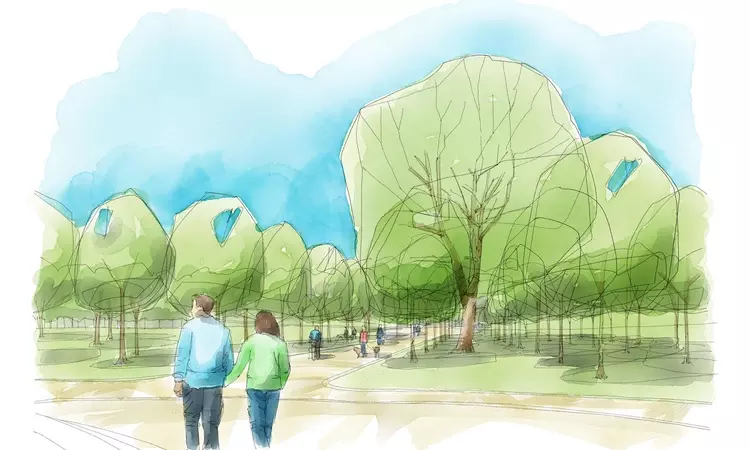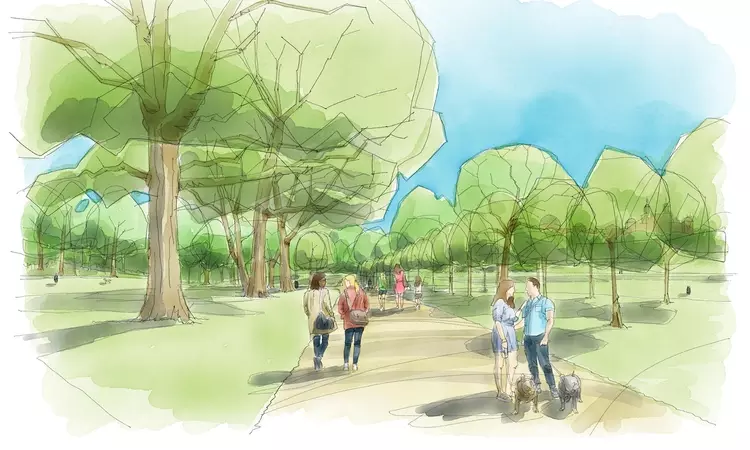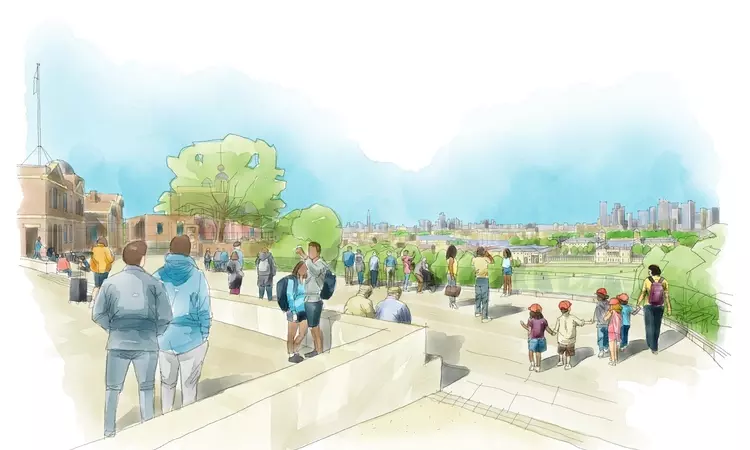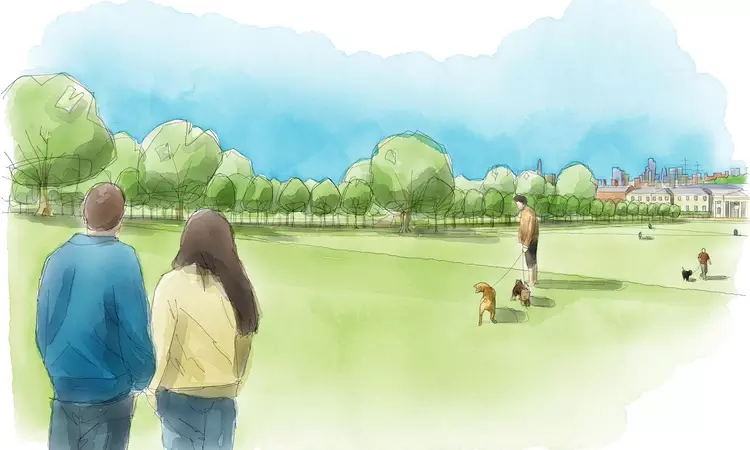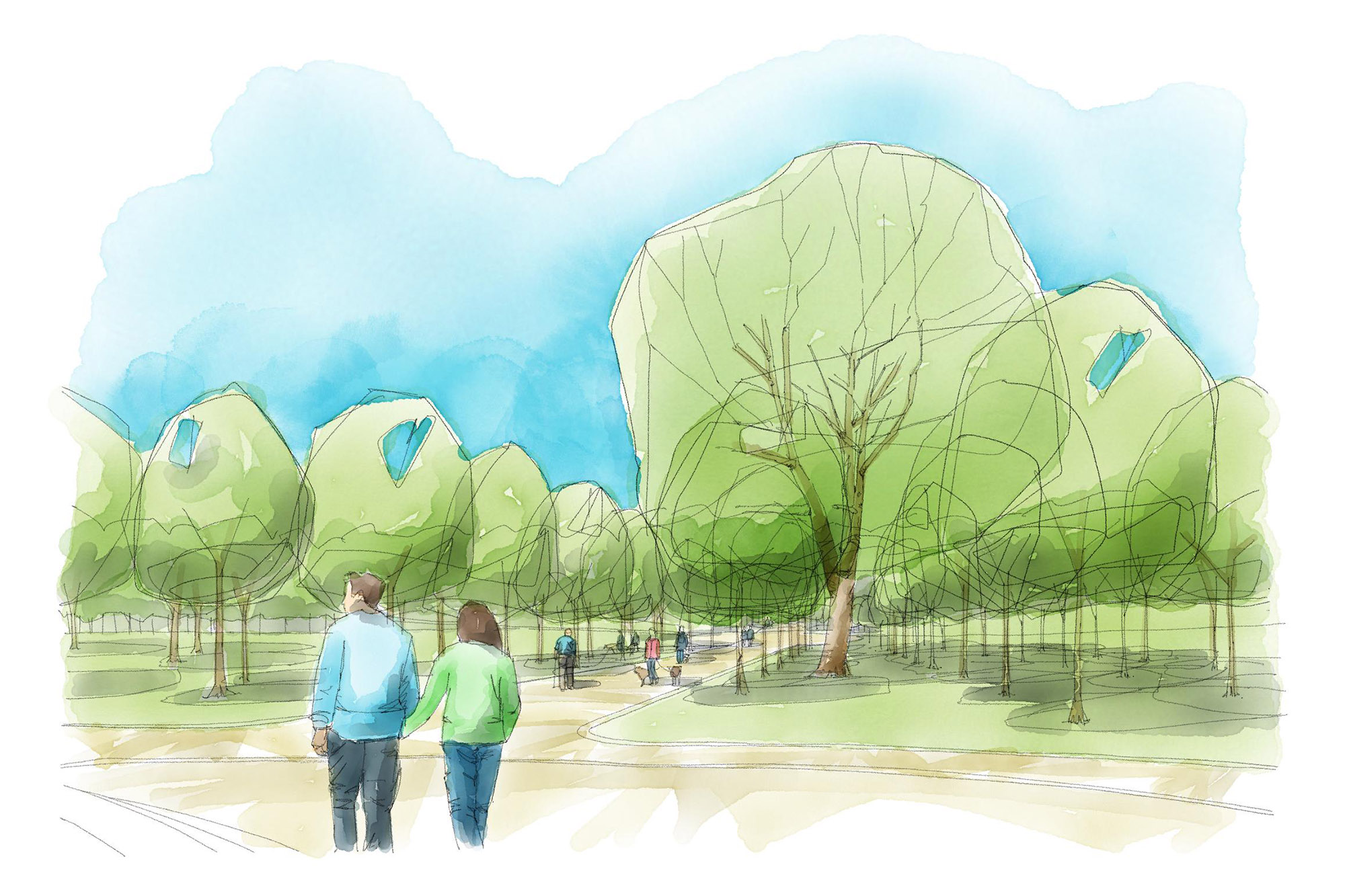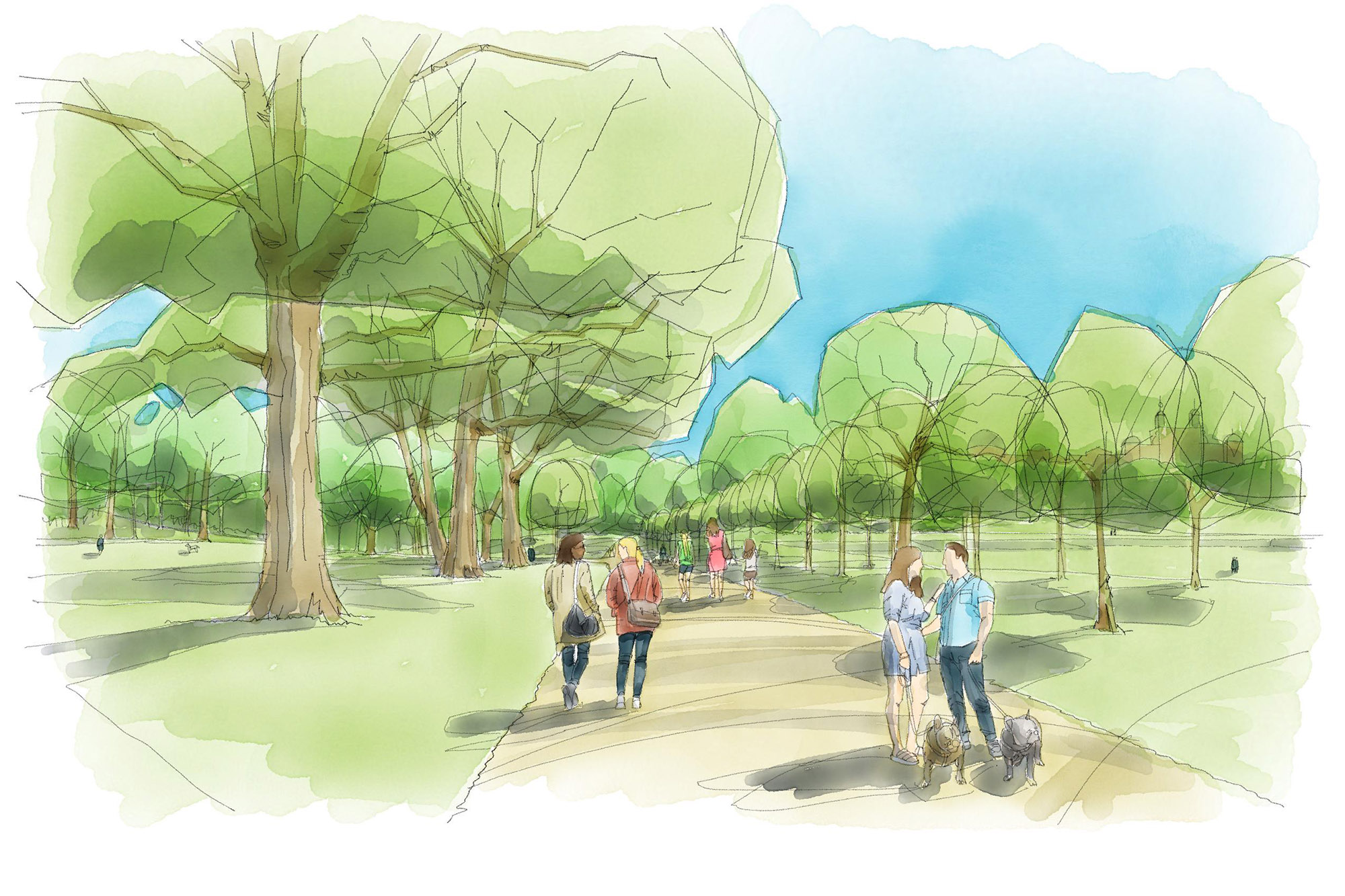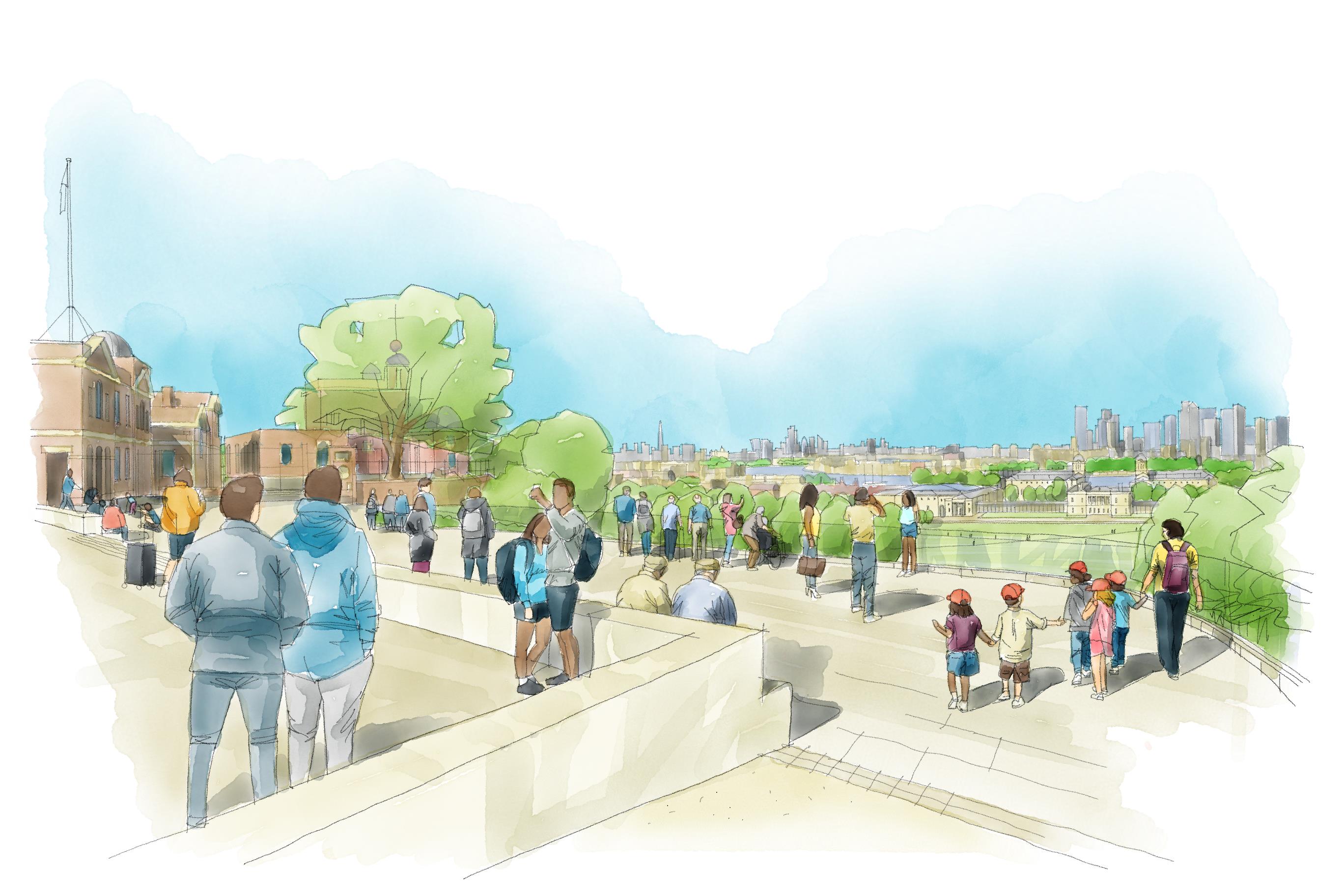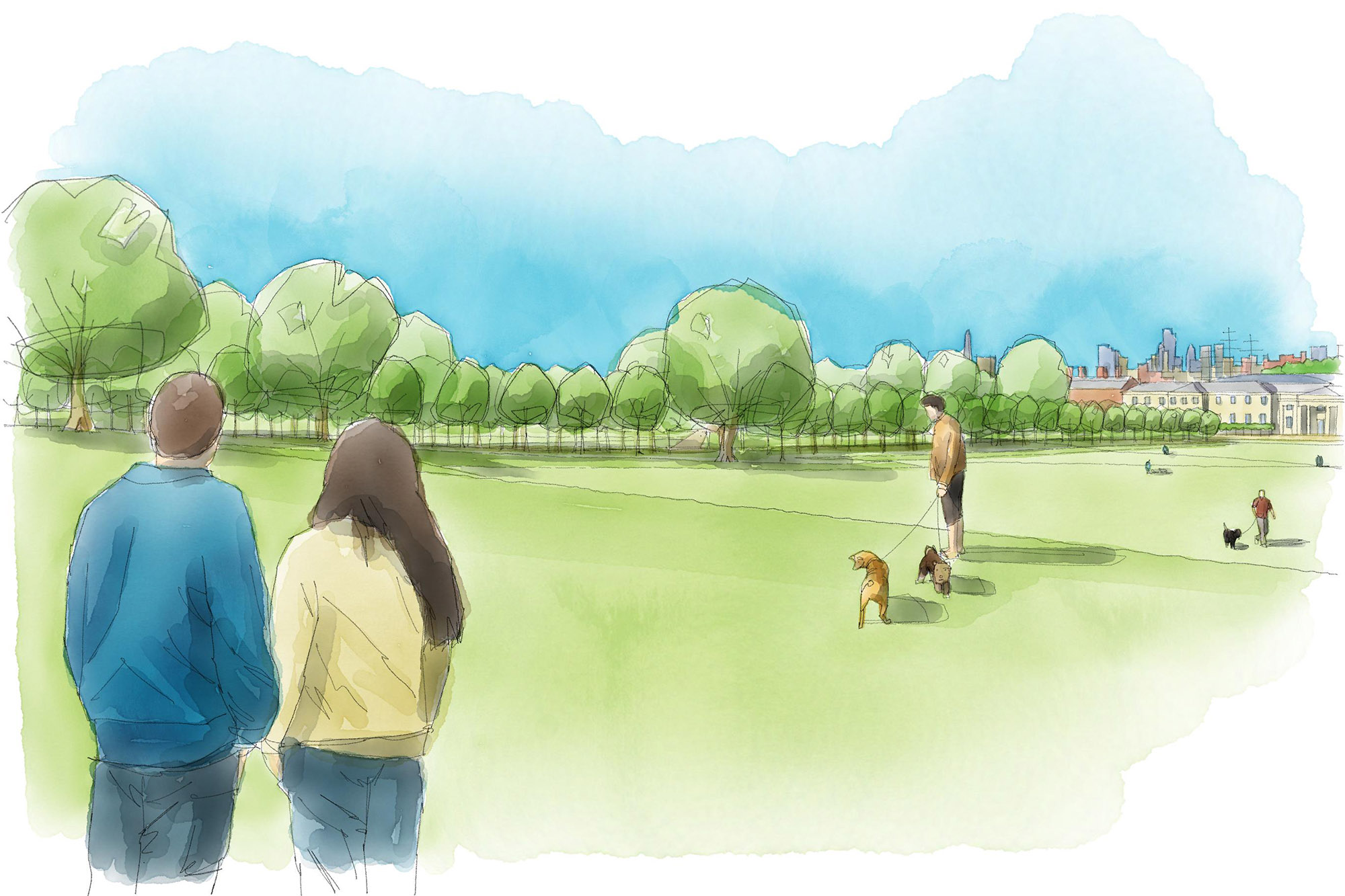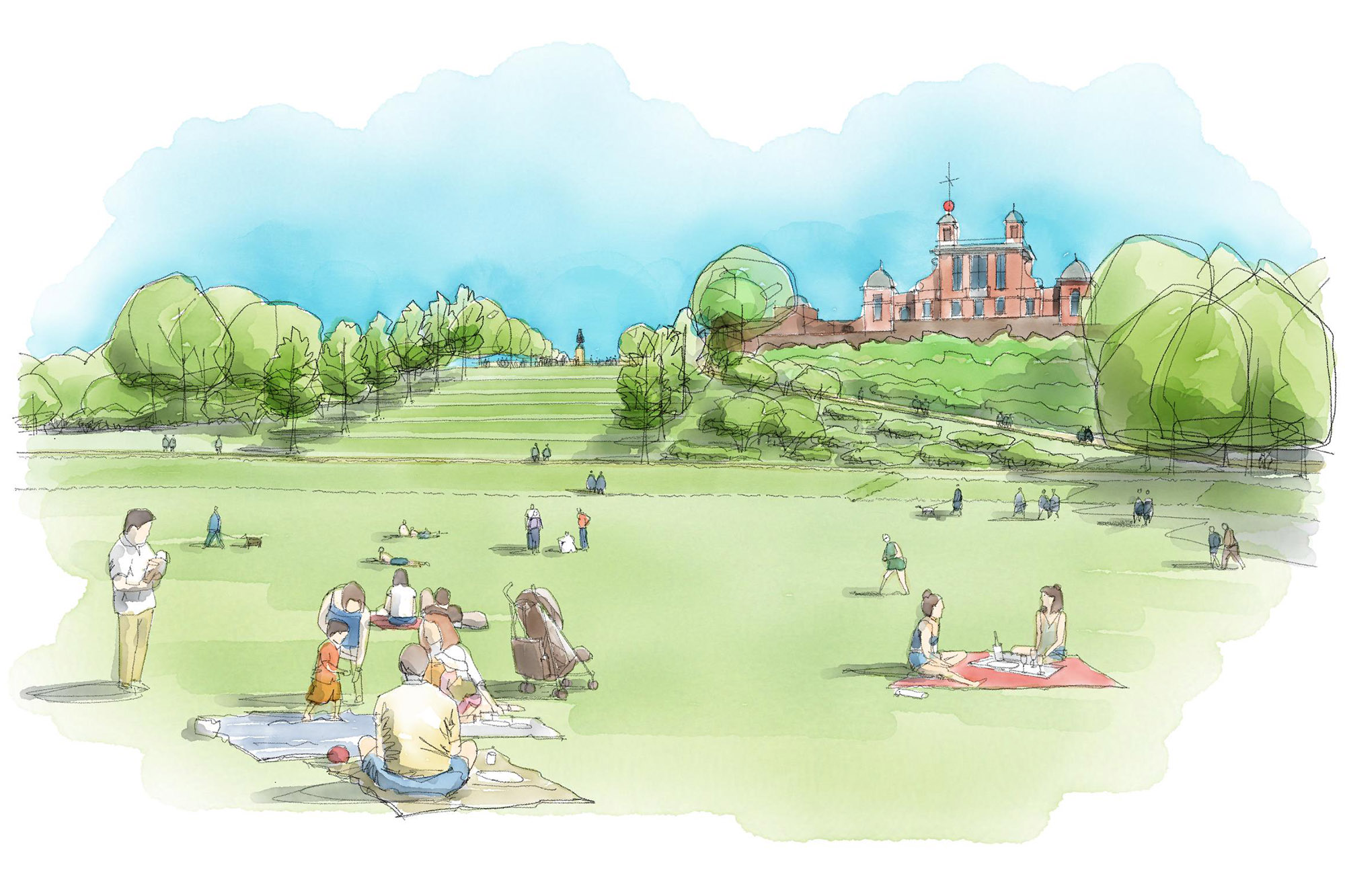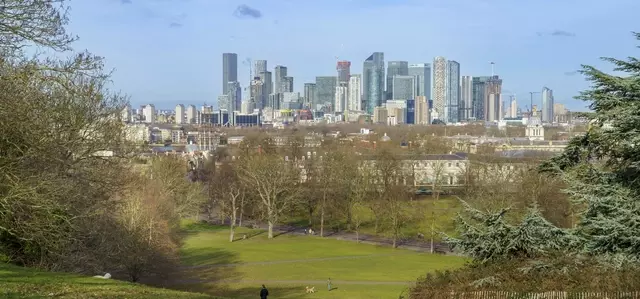
Welcome to Greenwich Park
This charming landscape has watched over the ever-changing city of London for hundreds of years.
Key information
We are delivering the final phase of this four-year project, which began in 2021, with an investment of £12 million into Greenwich Park in order to reveal, restore, protect, and share its unique heritage – now, and for future generations.
Restoring Greenwich Park's disappearing 17th century landscape
Reviving a unique landscape fit for a king
In the 16th century, Greenwich Park was the hunting ground of Henry VIII, but in the late 17th century, Charles II transformed this wild terrain into a formal Baroque landscape, designed by André Le Nôtre - the renowned landscape architect behind the gardens at the Palace of Versailles.
The landscape comprises the Grand Ascent (giant grass steps), and a formal banked layout (parterres) lined with sweeping tree avenues. It provides a symmetrical formal layout linking the Thames to Blackheath Gate and beyond.
Threatened landscape
However, over time, the original sharp landscape features have eroded and slumped, accelerated by footfall from 5 million annual visitors.
The avenues were originally planted with elm trees that were wiped out by Dutch elm disease. They were re-planted with Turkey oak trees in the 1970s, but these are a poor-quality species and today the trees are severely squirrel damaged and in decline. The Turkey oak trees in the park are often infected by Oak Processionary Moth and Knopper Gall wasp (a pest of our native oak tree). Several avenue trees have already died, leaving gaps.
Embarking on the final phase of restoration
The final phase of Greenwich Park Revealed this winter will restore and protect this historic landscape as well as delivering exciting community facilities across the wider park:
• We will reintroduce features of the park’s historic 17th-century layout which has been eroded. Cutting-edge landscape design will redefine terraced steps and formal banking.
• We will restore the declining and damaged tree avenues in front of the Queen’s House. We will plant new, semi-mature, native flowering lime trees, and elm trees providing habitats for wildlife including the protected white letter hairstreak butterfly.
• We will transform the public space around the General Wolfe Statue, creating an improved viewing platform, new catering kiosk, and space for seating and cultural events.
• We will transform part of a contractors’ yard by Vanbrugh Yard to open up new parkland to visitors, with community facilities, including a new café and accessible toilets.
• We will create a new learning space in The Wilderness to inspire outdoor learning for schools and community groups.
Explore our plans this winter:
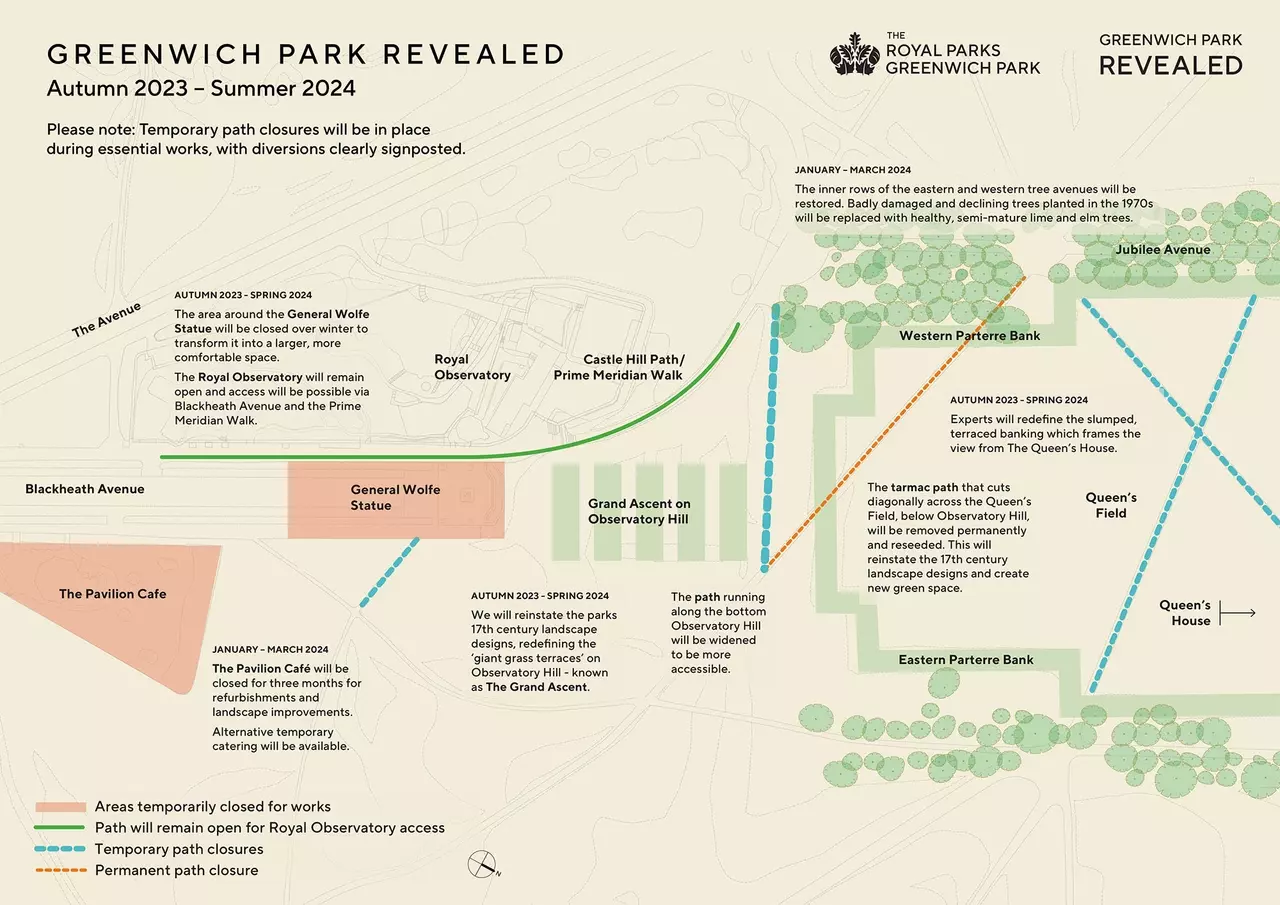
Please excuse the park’s appearance during the final phase of works being delivered to restore and future-proof the park.
There will be some temporary path closures, which will be signposted with alternative routes in place, but we will do our best to keep any disturbances to a minimum.
We look forward to welcoming everyone to enjoy these spaces when works are complete in spring 2024.
To learn about specific elements of Greenwich Park Revealed, please click on the images below.
-
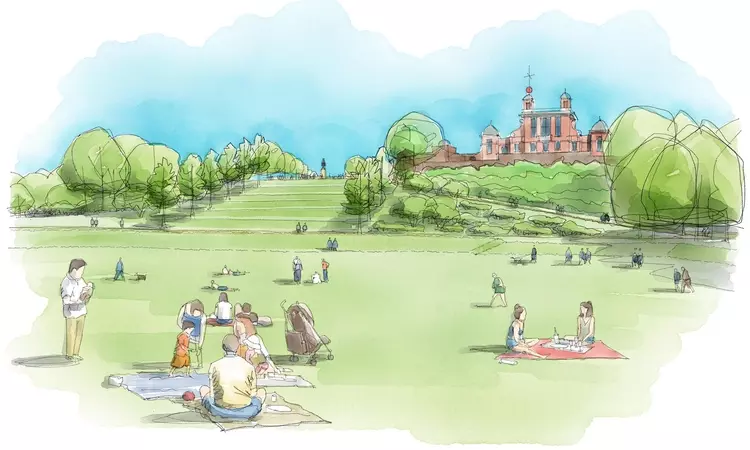
Historic landscape restoration
The Royal Park’s park restoration project, Greenwich Park Revealed, will restore the park’s historic landscape and bring its unique history to life.
-
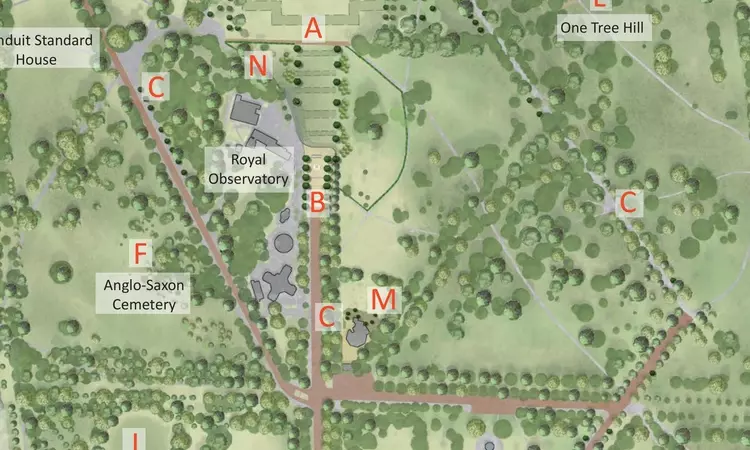
Overview of projects and timelines | Greenwich Park Revealed
Take a closer look at the project's key locations and explore the timeline of what's happening when.
-
.jpg791e.jpg?itok=l0klM8qE)
The trees of Greenwich Park
There are more than 3,000 trees in Greenwich Park including ancient chestnuts, veteran oaks, majestic planes and evergreen cedars.
-
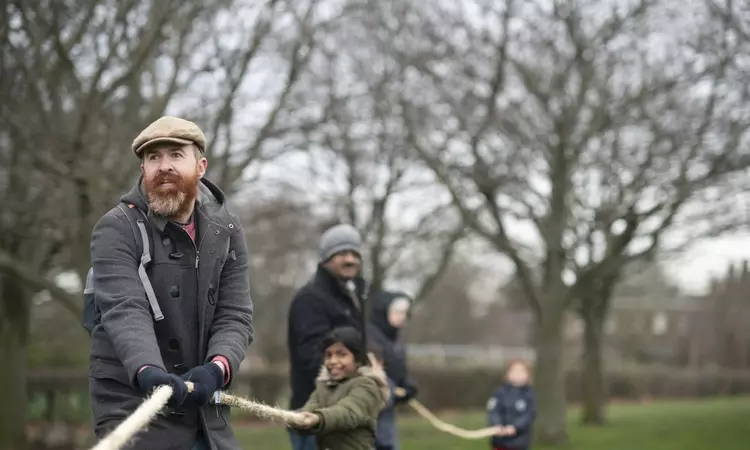
Community
Greenwich Park Revealed has the local community at its heart. The project offers opportunities for people to engage with, enjoy and learn about the park.
-
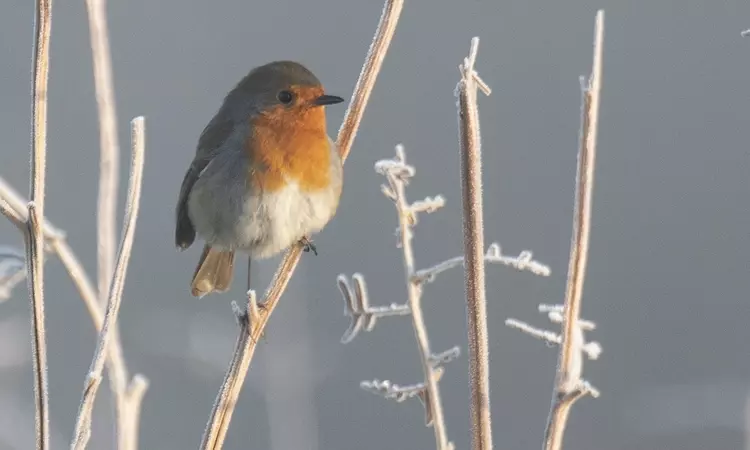
Nature
Greenwich Park Revealed, the Royal Parks’ four year park restoration project, aims to boost biodiversity in the park and restore habitats for wildlife.
-
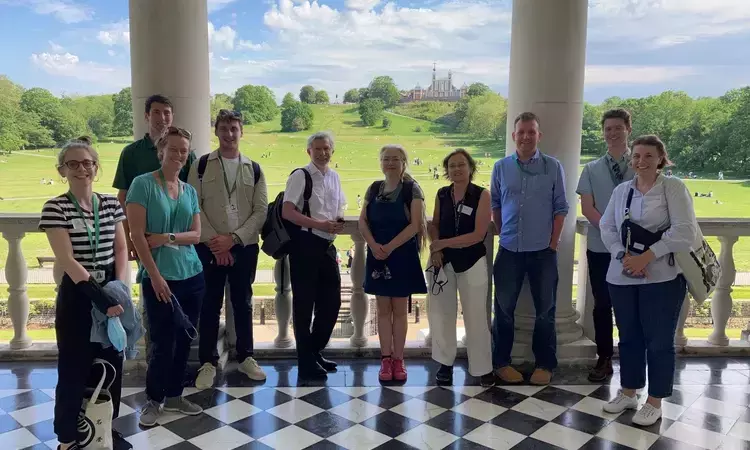
Meet the team
Our team will deliver the £8 million project to restore the parks’ historic landscape, protect the natural environment, and reveal the park’s history.
